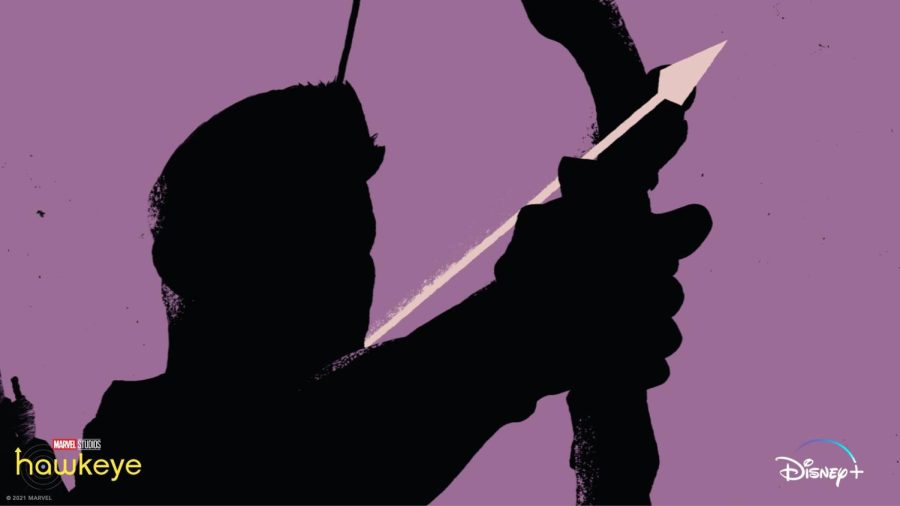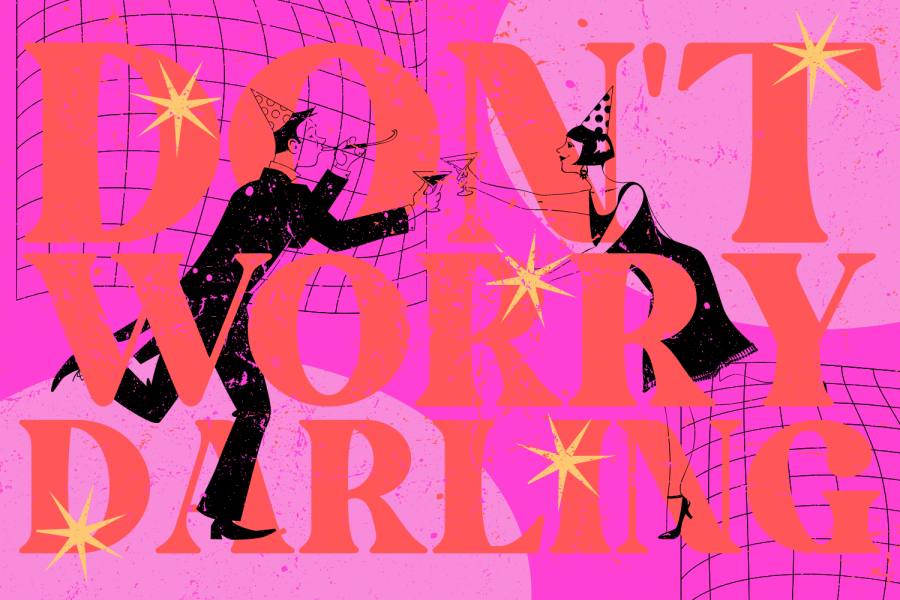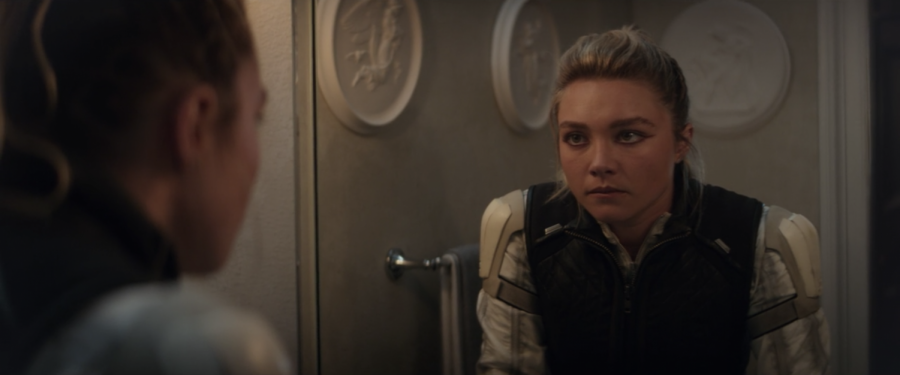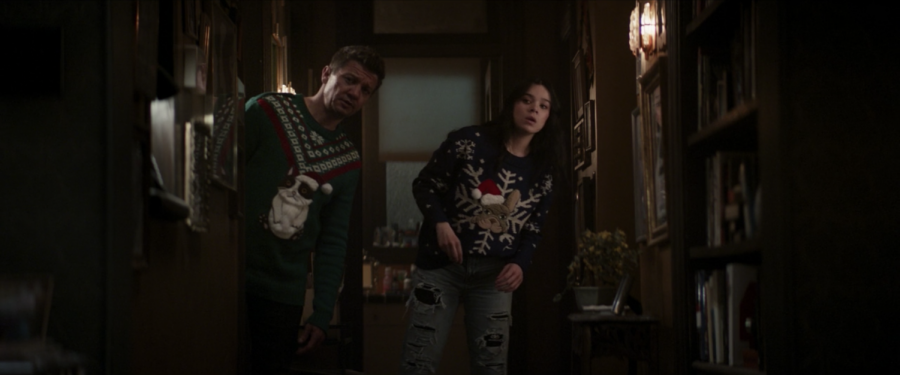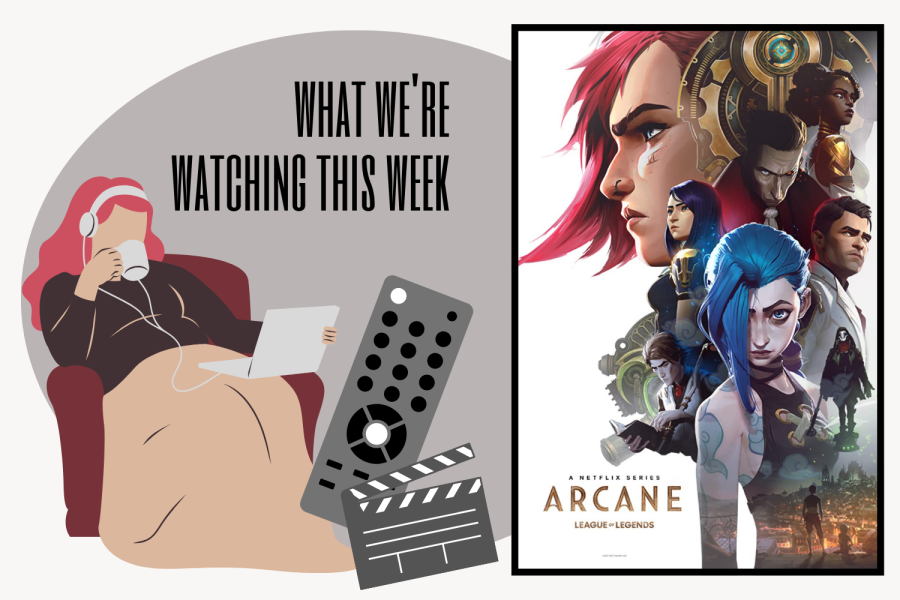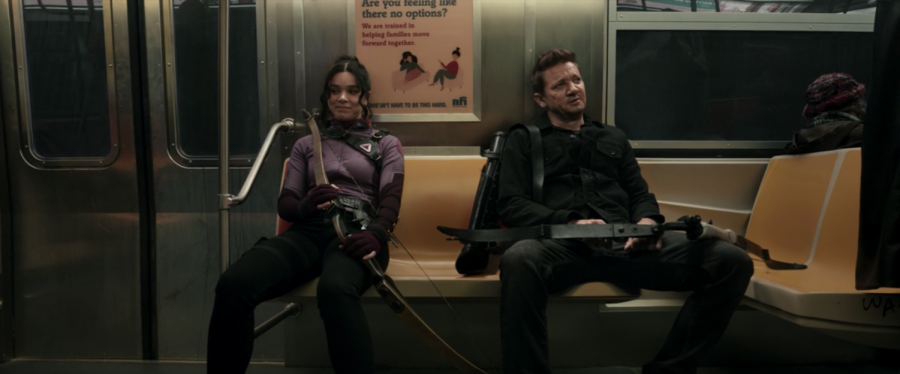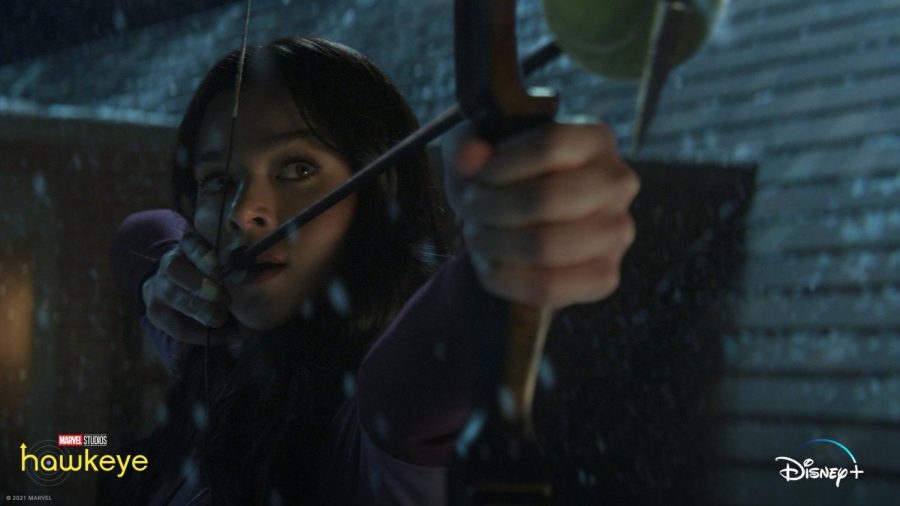Now that I’ve finally watched “Spider-Man: No Way Home” a second time (my fellow theatergoers at my first viewing were so obnoxious that I genuinely missed more than half the dialogue), I can finally talk about the “Hawkeye” finale. Other than both taking place in New York, the two Marvel productions don’t have much in common—why, then, are they inextricably linked?
It’s like when you’re eating a bowl of berries, and you don’t really notice that they taste good, because, duh, that’s what you’d expect of them, you wouldn’t be eating them otherwise. This bowl is episodes one through five. But then you get a really sour one, or one that’s slightly too mushy—or one that tries way too hard to be extra special and doesn’t really live up to it—and you finally realize how good you’ve had it all along. That tryhard berry is “No Way Home.” Here, the bad apple (or berry) doesn’t spoil the bunch; instead, it makes you realize how good the rest of the bunch actually is by comparison.
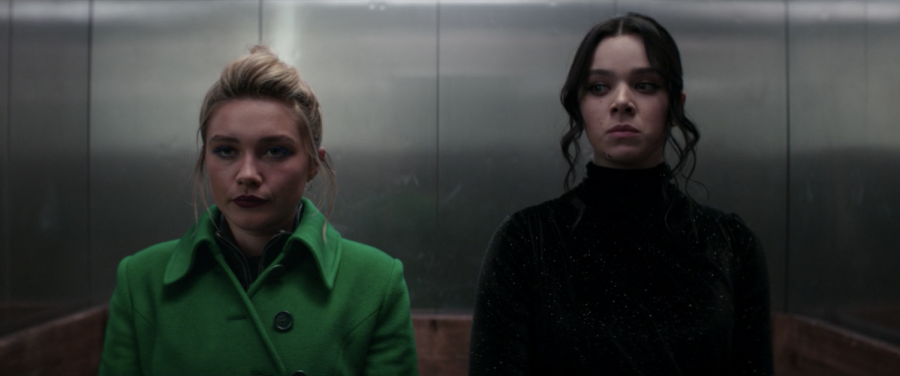
“No Way Home” tries to do so, so much, leading to some huge successes, but also leaving a lot of room for failure. Contrarily, “Hawkeye” has smaller ambitions, meaning it can do exactly what it sets out to do, do only that and do it well. This may be a controversial opinion, but I’d rather watch a piece of media that fits the latter bill. Small ambitions, big payoff.
I’m gonna sound like an asshole here, but the majority of that success comes from the fact that someone on the “Hawkeye” writing team may have finally taken a screenwriting class. Hailee Steinfeld as Kate Bishop delivers a marvelous (ha) monologue to Clint during battle prep about superheroes without powers, and it’s the first bit of Marvel writing in a long while that actually channels the same raw inspirational power as early endeavors like “Iron Man.”
She tells Clint about how alone and terrified she felt during the Battle of New York—harkening back to episode one’s opening scenes—but then she saw him standing on a nearby rooftop “fighting aliens with a stick and a string.” Clint Barton, aka Hawkeye, has no superpowers. He can’t fly, he can’t Hulk out and he wasn’t bitten by a radioactive spider. Yet, he stood his ground against the Chitauri invaders and did the right, brave thing—the heroic thing. Even though he seems a little embarrassed by the well-deserved attention, Clint’s actions inspired Kate so hugely that she practically became the next Hawkeye herself.
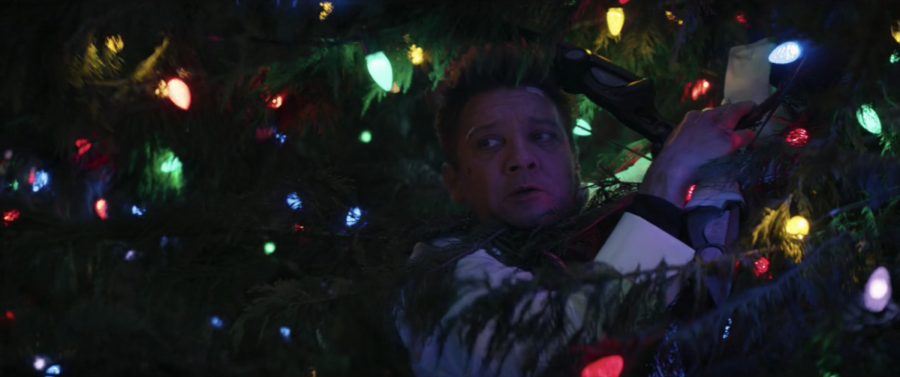
Historically, this is why heroes without abilities are important in the superhero canon (unrelated, but it’s also why I love Pixar’s “The Incredibles”). Characters like Clint and Kate teach us that the important part of being a superhero isn’t the “super,” it’s the “hero.” With the right mindset, nearly anyone can become a Barton or a Bishop.
These undercurrents also help earn certain predictable clichés, like when Clint finally capitulates and calls Kate his partner. Instead of rushing through the forced development of an unnaturally stiff friendship, they’ve organically moved through a period of warming up to each other, a heartfelt, climactic revelation during the Christmas montage memorial to Natasha and even a period of separation in the awkward bridge episode before the finale. All of which, when the pair finally share this moment in the finale, make us say “awww” instead of “ughhh.”
Further compounding this sense is the fact that Clint and Kate are the first lead duo of Marvel television to not be in a romantic (or romantic-implied, @ Bucky and Sam) relationship. The surrogate father-daughter dynamic is in a whole different wheelhouse, and I don’t think I would’ve survived another devastating loss like Wanda’s or another irritating will-they-won’t-they like Loki’s. Variety, am I right?
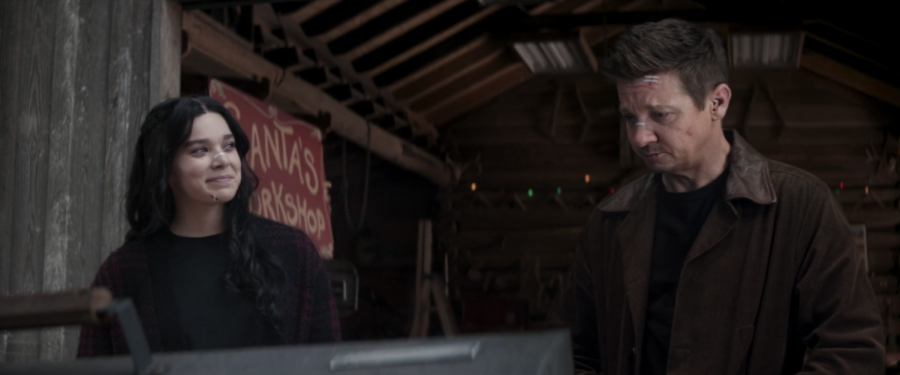
Despite having smaller ambitions, not all objectives can be perfectly met, however. Maya is suave but unnoticeable; Yelena is witty but a bit obnoxious; Kingpin feels like a villain from the ‘60s Batman series. But because these failures have to do with suboptimal characterization, I can appreciate the writers for dedicating the majority of their effort to Hawkeye on a show named for him. Even when Maya finally gains an additional character trait besides “dead dad” and Yelena begrudgingly reconciles with Clint and stalks away like a child, Clint Barton is the focus. As he should be.
Every Marvel show pre-“Hawkeye” claimed to be something revolutionary. “Hawkeye” did not. At the end of the day, this is why it succeeds. The show is a character-driven, self-contained piece of media—one that, miraculously, doesn’t even have any cliffhangers after the credits (how refreshing). Marvel has always been bad at exercising this kind of self-control, but here, they’ve found a new sweet spot and produced something fresher than the rest of the berry bunch.
Oh, and how could I forget? One last time for the road—we love you, Linda Cardellini.
All episodes of Marvel Studios’ “Hawkeye” are now streaming on Disney+.

